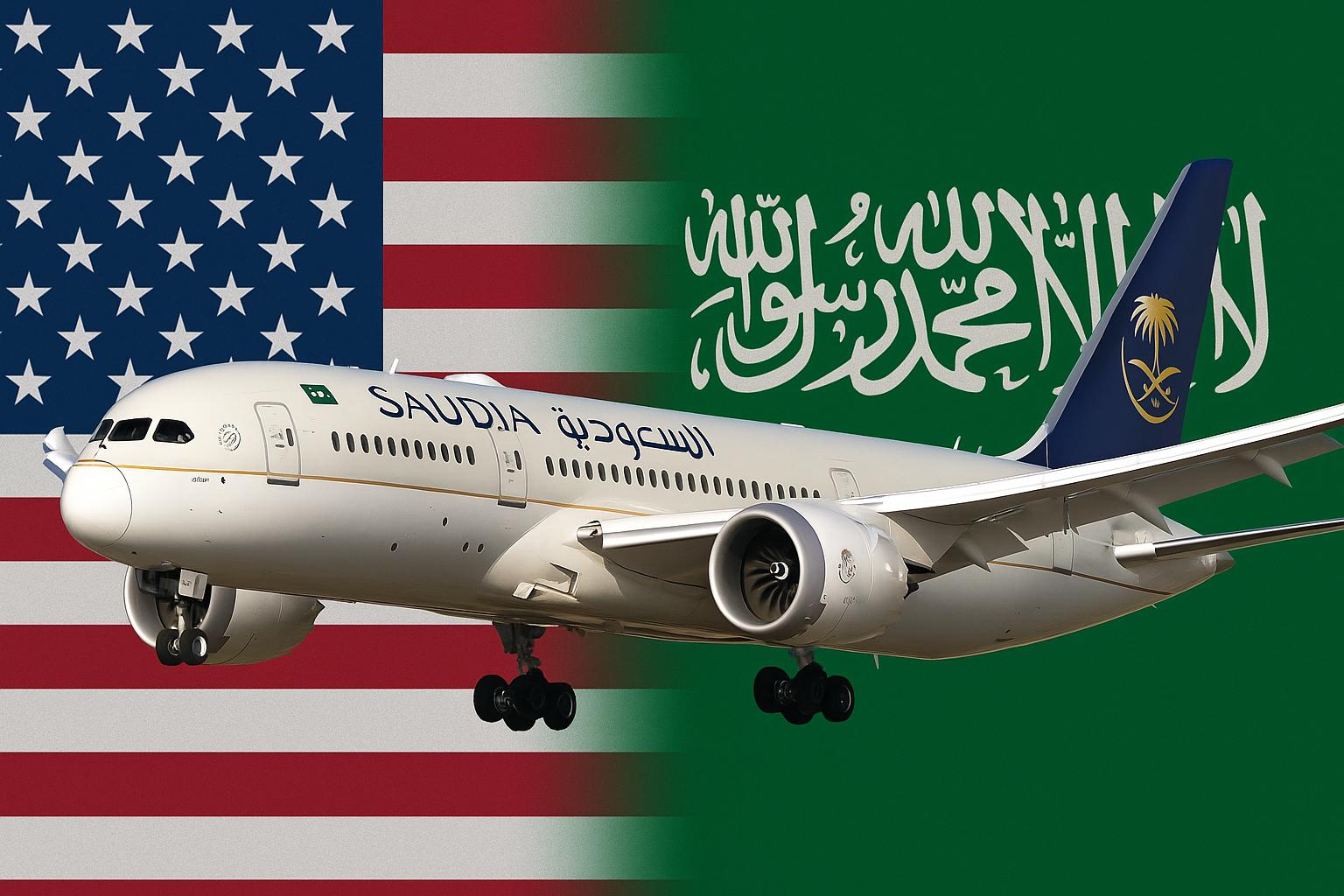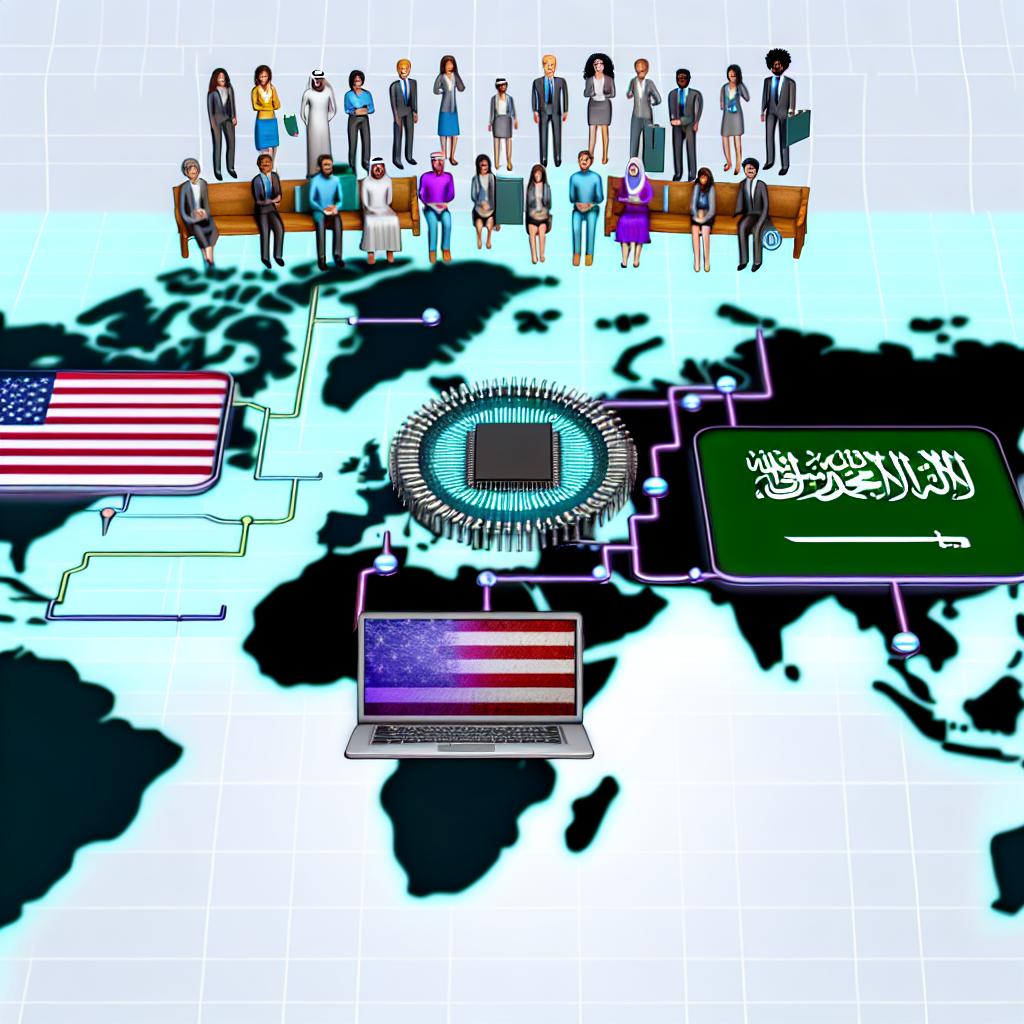Overview of US-Saudi Aviation Relations
The aviation relationship between the United States and Saudi Arabia has seen notable growth in recent years. This expansion has been marked by increased flight routes, collaborative ventures, and mutual investments in aviation infrastructure. Saudi Airlines, also known as Saudia, has played a crucial role in this development, enhancing connectivity between the two nations.
Saudi Airlines’ Expansion Strategy
Saudi Airlines has been at the forefront of expanding aviation ties with the United States. Their strategy includes increasing the number of direct flights to major US cities, thereby boosting tourism and business travel. This expansion aligns with Saudi Arabia’s Vision 2030, which aims to diversify the country’s economy and reduce dependence on oil.
Recent initiatives include the introduction of new routes and the enhancement of existing ones. Major US hubs now have more frequent connections with Saudi cities, facilitating smoother and more efficient travel options for passengers. This not only allows more travelers to explore opportunities but also integrates Saudi Arabia more closely with global travel networks.
Investment in Fleet and Technology
To support its expansion initiatives, Saudi Airlines has invested significantly in its fleet and technological capabilities. Modern aircraft acquisitions have improved fuel efficiency and passenger comfort, which are critical for long-haul flights to the United States. The acquisition of new aircraft models equipped with the latest technologies enhances the competitive edge of Saudi Airlines.
These technological advancements include features designed to streamline the passenger experience, from more comfortable seating arrangements to sophisticated in-flight entertainment options. Moreover, improved fuel efficiency plays a crucial role in operational cost savings and environmental sustainability, ensuring the airline meets modern-day standards and regulations. These enhancements have also elevated the airline’s standing in the international market, positioning it as a formidable competitor among leading global carriers.
Collaborative Developments with US Airlines
Saudi Airlines has entered into strategic partnerships with several US airlines, enhancing code-sharing agreements and enabling more flexible travel options for passengers. These collaborations benefit both US and Saudi passengers by offering a wider network of destinations and more seamless travel experiences. For passengers, this means the ability to book flights to a broader array of destinations through integrated scheduling and shared ticketing systems.
The strategic partnerships also involve shared benefits in terms of services offered to frequent flyers, thus broadening the scope of advantages available to loyal customers of both airlines. By pooling resources and leveraging each other’s strengths, both Saudi Airlines and their US counterparts can operate more efficiently and cover a wider geographic area than they could alone. Through these coordinated efforts, airlines manage to optimize their operational frameworks, providing passengers more frequent and flexible travel options.
Economic Impact and Future Prospects
The expansion of US-Saudi aviation ties holds considerable economic potential, fostering increased trade, tourism, and cultural exchange. This bilateral growth in aviation is expected to generate job opportunities and contribute to both nations’ economic prosperity. New flight paths and improved relations can lead to a surge in tourism industries, providing an influx of international visitors eager to explore what both nations have to offer culturally and recreationally.
Additionally, the strengthening of aviation ties contributes to enhanced business dynamics. American businesses find new markets and opportunities within Saudi Arabia, while Saudi investors gain access to diverse economic activities in the United States. The evolution of these relationships bears promise for long-term fiscal benefits, with experts predicting sustained growth fostered by these initiatives.
Looking ahead, further enhancements in aviation infrastructure and partnerships are anticipated, underpinning the long-term success of US-Saudi aviation relations. Both Saudi Arabia and the United States are expected to continue investing in state-of-the-art airport facilities and technology for air travel, ensuring efficiency and maintaining high standards of service.
The future also holds potential advances in digitalization, where virtual tools intersect with customer engagement and satisfaction within the airline industry. With these advances, expectations are that airlines will capitalize on AI and data analytics to inimitably tailor services and operations to better serve passenger needs. Climate and sustainability challenges are also focal areas that airlines and governments alike must address, promoting greener aviation solutions.
With these elements in place, the prospects for continued growth and collaboration between the US and Saudi Arabia within the aviation sector are promising. Both nations aim to solidify and further their standing in international aviation, reaping mutual benefits from their shared commitment to excellence and innovation. As this partnership evolves, the broader impact on global aviation and economic landscapes is expected to be significant, offering opportunities for future growth and development.
For more detailed insight into Saudi Airlines’ initiatives and the broader US-Saudi aviation landscape, you can visit the official Saudi Airlines website.
This article was last updated on: September 14, 2025




